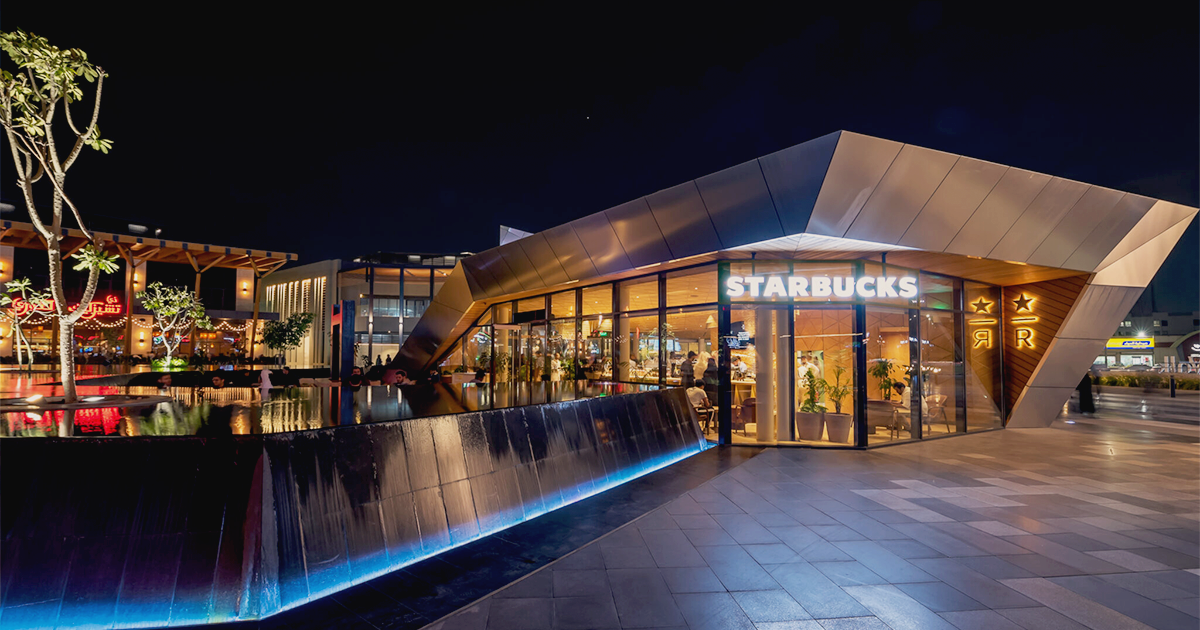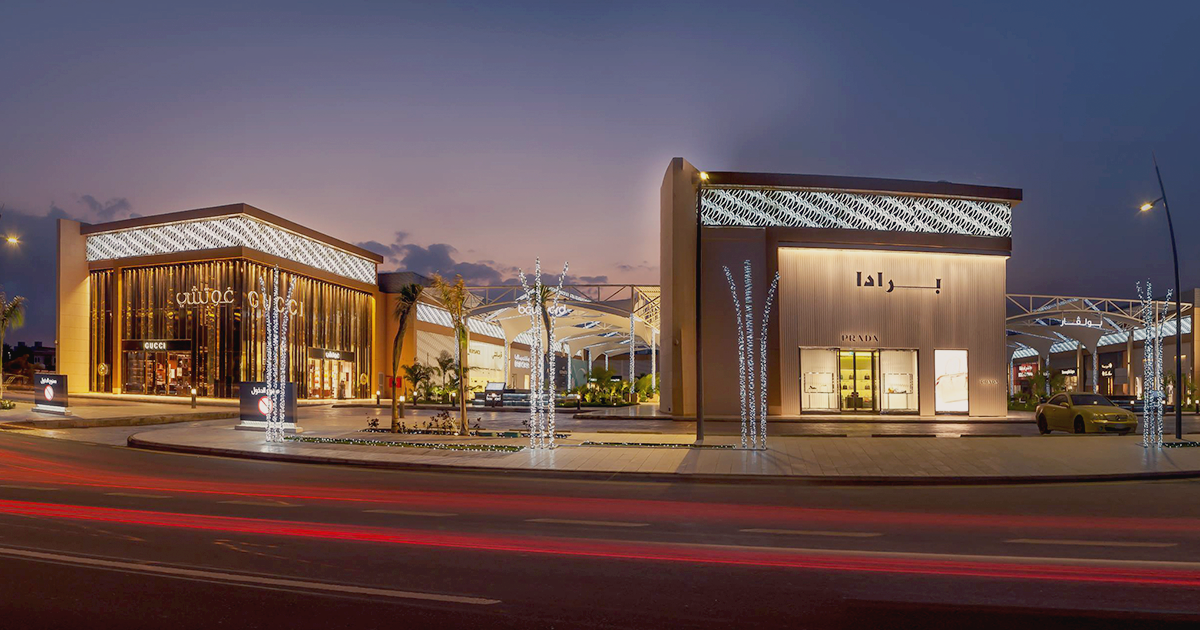

As the holiday season approaches, retailers are gearing up for a challenging and unpredictable period of planning and strategizing. Predicting holiday retail trends has become increasingly difficult due to changing consumer preferences and economic uncertainties. Last year, retail sales during the holiday season grew by 5.3% over the previous year, falling short of forecasts due to ongoing inflation and high interest rates.
Holiday retail forecasts vary, with Deloitte predicting a moderate increase of 3.5% to 4.6% in sales for the November-January period. They also anticipate e-commerce sales to grow between 10.3% to 12.8%, potentially reaching between $278 billion and $284 billion. This growth is expected due to healthy employment and income growth, although inflation is expected to moderate, affecting the overall growth rate.
Salesforce forecasts 4% global and 1% U.S. year-over-year online sales growth during November and December, with substantial influence from frontline workers. Bain & Company, however, expects slower growth in U.S. retail sales, with a nominal increase of 3% year-over-year. Adjusting for inflation, the real growth is projected to be just 1.0%, the lowest since the financial crisis.
August U.S. retail sales saw modest growth, but inflation-adjusted retail volumes declined slightly. Consumers appear to be more purposeful in their spending, focusing on necessary items rather than impulse purchases.
Consumer budget constraints are becoming more prevalent, with many setting strict limits on holiday spending. Concerns include ballooning credit card debt, high interest rates, and inflation. Labor availability remains a concern for retailers, prompting investment in automation and digital transformation initiatives.
As the holiday season approaches, retailers are gearing up for a challenging and unpredictable period of planning and strategizing. Predicting holiday retail trends has become increasingly difficult due to changing consumer preferences and economic uncertainties. Last year, retail sales during the holiday season grew by 5.3% over the previous year, falling short of forecasts due to ongoing inflation and high interest rates.
Supply chain issues have improved in recent years, but consumer worries about product availability persist. Some retailers are targeting early shoppers to reduce inventory surpluses and shipping spikes. Incentivizing slower delivery and offering discounts are also strategies to spread out consumer spending.
AI-driven shopping experiences are on the rise, with generative AI influencing purchase decisions. Retailers are focusing on personalization and last-mile delivery efficiency. Return policies are a critical factor, with stricter policies potentially impacting sales. Some retailers are exploring alternative return policies such as incentivized returns and extended return windows.
In summary, retailers are facing a dynamic holiday season with shifting consumer behaviors, economic challenges, and supply chain uncertainties. Adaptation, personalization, and strategic planning are key to navigating this complex landscape successfully.














